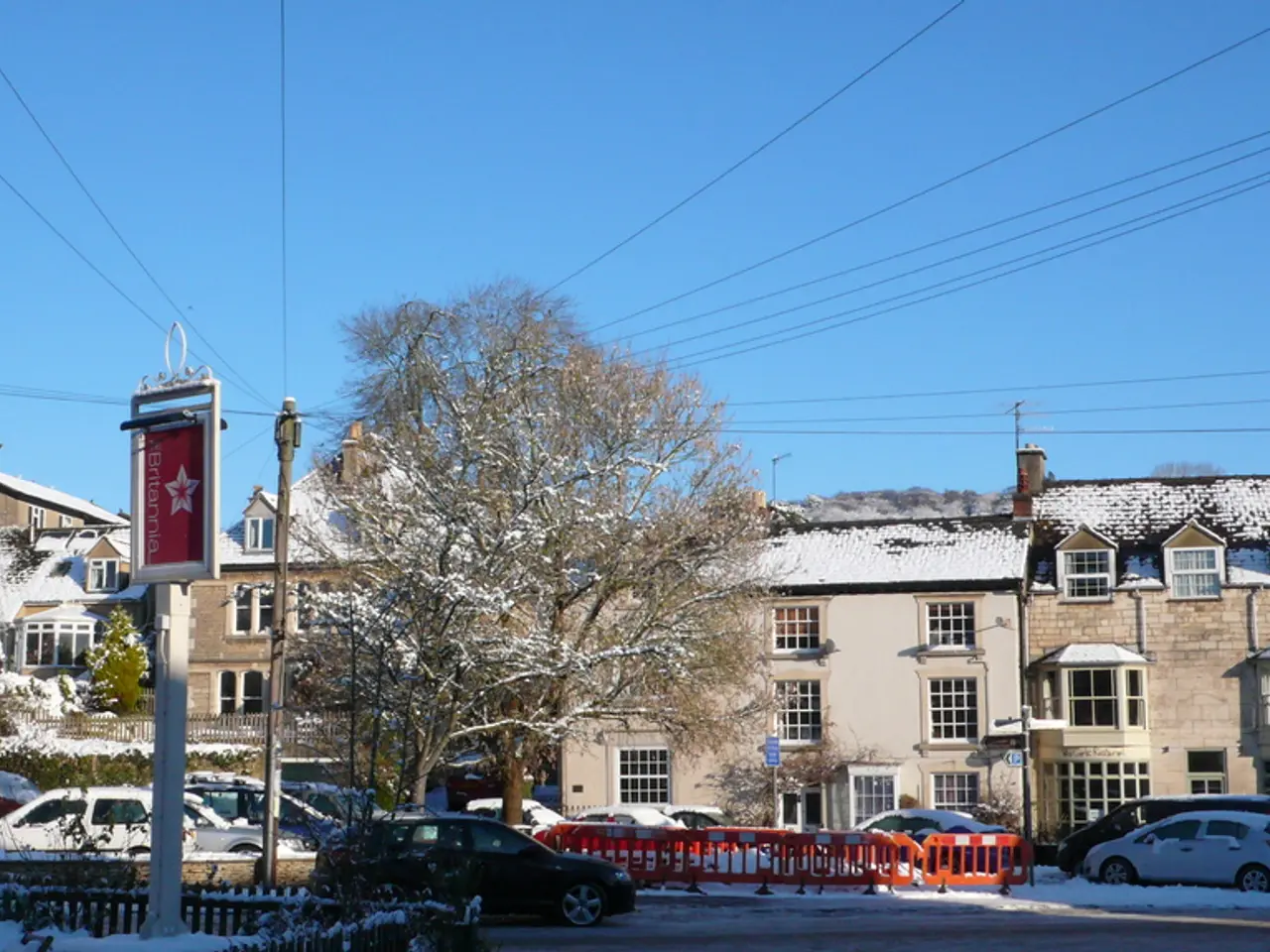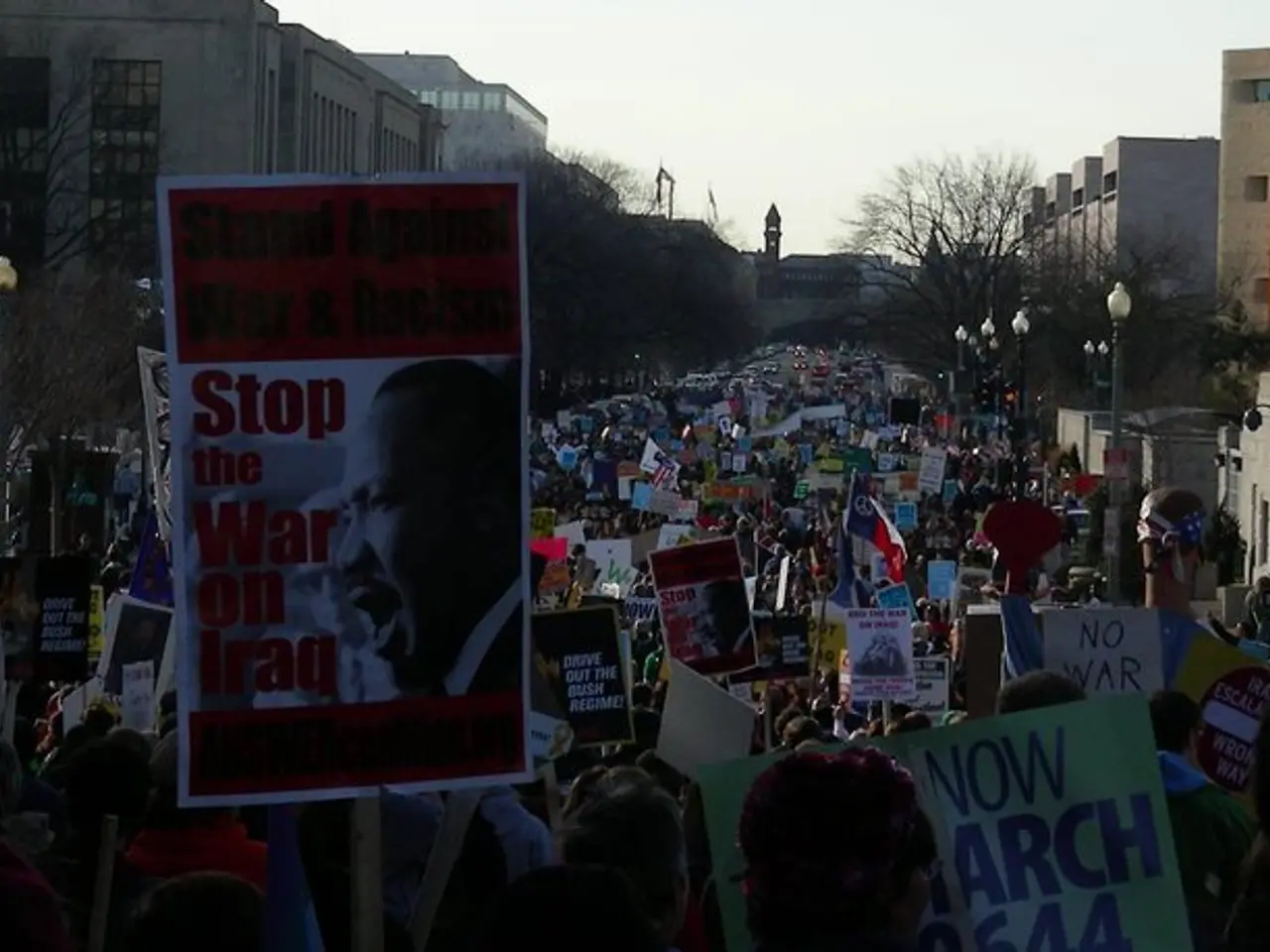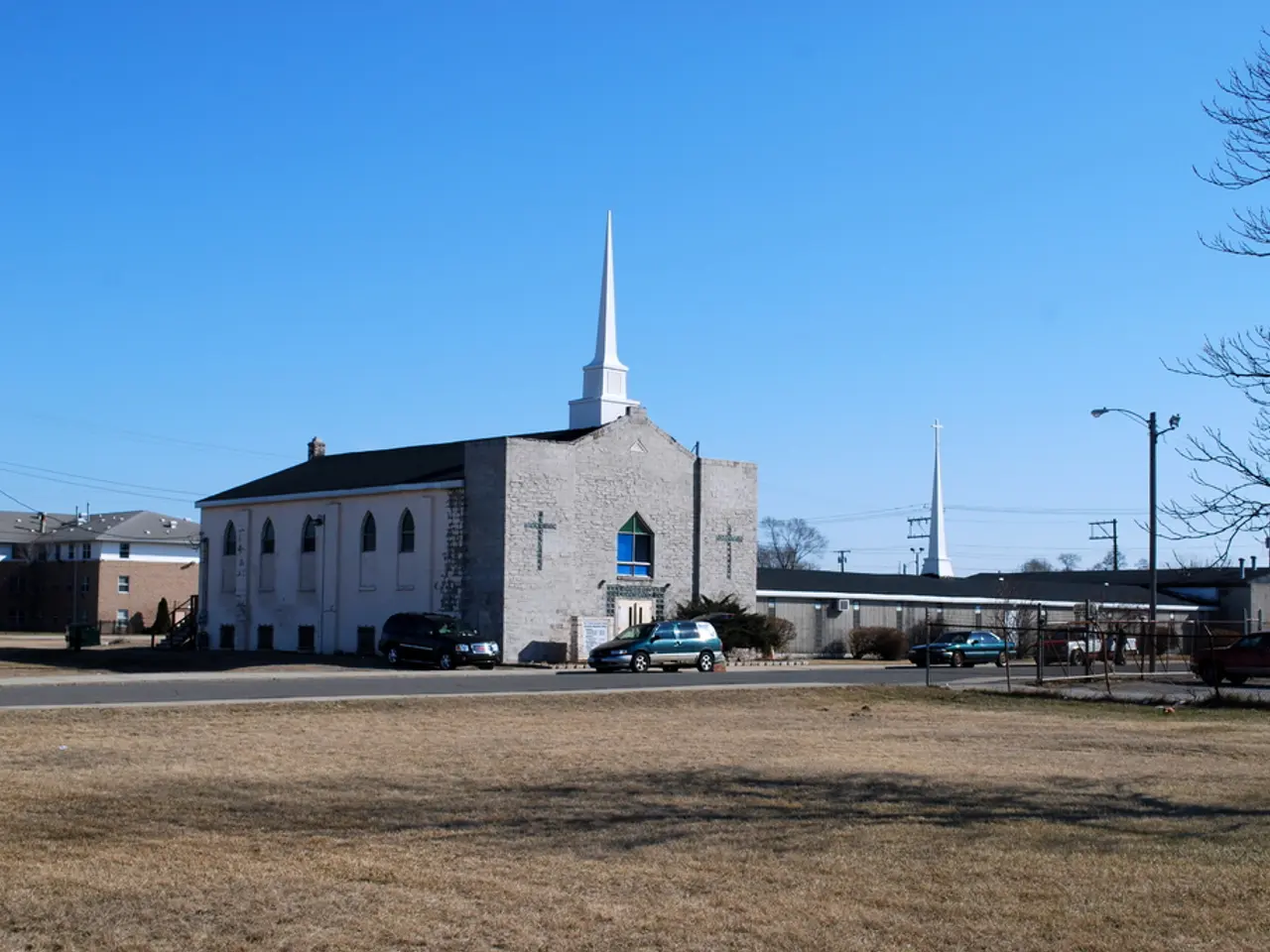Expanding Housing Policy into Housing Development: Strategies for New York to Construct as Planned
In a bid to address the pressing issue of affordable housing, the City of Yes has introduced a series of reforms aimed at facilitating the construction of diverse housing types, streamlining approvals, lowering construction costs, and integrating transit connectivity.
One key aspect of this approach is the reform of zoning regulations. The city is now allowing accessory dwelling units (ADUs) such as converting garages or basements into apartments or adding standalone backyard structures. This move provides affordable housing options and extra income for homeowners. Moreover, zoning reforms are being implemented to allow higher density and diverse housing types, such as "missing middle" housing (e.g., townhouses, duplexes), by expanding by-right development and reducing parking and lot size requirements.
Permitting reforms are another crucial part of this strategy. The city is speeding up and improving the predictability of approvals through fast-track permitting and waiving certain design reviews to reduce delays and administrative costs.
To further lower operating and development costs for affordable housing projects, property tax reforms and incentives are being leveraged. These include basing assessments on income rather than property cost or adopting tax exemptions, PILOT agreements, or public facility corporations to stabilize costs and encourage affordable housing investments.
Coordinated planning to connect housing with infrastructure and transit is another significant component of the plan. Programs are being used to fund critical utility upgrades (water, sewer, stormwater) that enable development near transit hubs, and zoning and capital investments are being aligned with public service capacity and transit access.
The city is also utilising city-owned or public land for affordable housing development. Small city-owned lots and air rights near transit stations are being offered to affordable housing developers through RFPs, facilitating affordable infill development near transit.
Community engagement and transparency in planning are also essential parts of the strategy. Direct outreach and the use of interactive tools ensure that affordable housing growth aligns with neighborhood needs and fair housing goals, preventing displacement and promoting reinvestment in underinvested areas.
The city is setting aggressive affordable housing production goals with interagency collaboration. New York City's record affordable housing deliveries and permanent protections are supported by dedicated financing from HPD and HDC, and renovation programs like NYCHA’s PACT.
This holistic approach allows developers to unlock additional housing capacity, providing a win-win of better transit access and more housing. Transit connectivity is integrated with affordable housing through a promising approach of leveraging density bonuses in exchange for transit improvements, such as building an elevator or improving station accessibility in coordination with the MTA.
The City of Yes for Housing Opportunity encourages zoning reform that aligns New York's land use rules with current housing needs. This reform encourages commercial strips to be transformed into lively neighborhood centers with apartments above shops and restaurants, not flashy towers, but ones that add housing, improve walkability, and enhance neighborhood character.
This approach is being implemented in areas like Midtown Manhattan and beyond, signifying a significant step towards addressing New York City's affordable housing crisis.
In the holistic approach towards New York City's affordable housing crisis, the city is also exploring the conversion of commercial strips into vibrant neighborhood centers, incorporating apartments above shops and restaurants. Such changes aim to improve walkability and enhance neighborhood character, not just construct towering structures.
Additionally, to cater to varied living needs, the city is considering the integration of sports facilities within residential infrastructure, as a means to create multi-purpose communities and promote healthy living. For instance, the development of sports stadiums or gymnasiums within residential complexes could become a feasible solution for accommodating residents' active lifestyles and fostering a sense of community.








